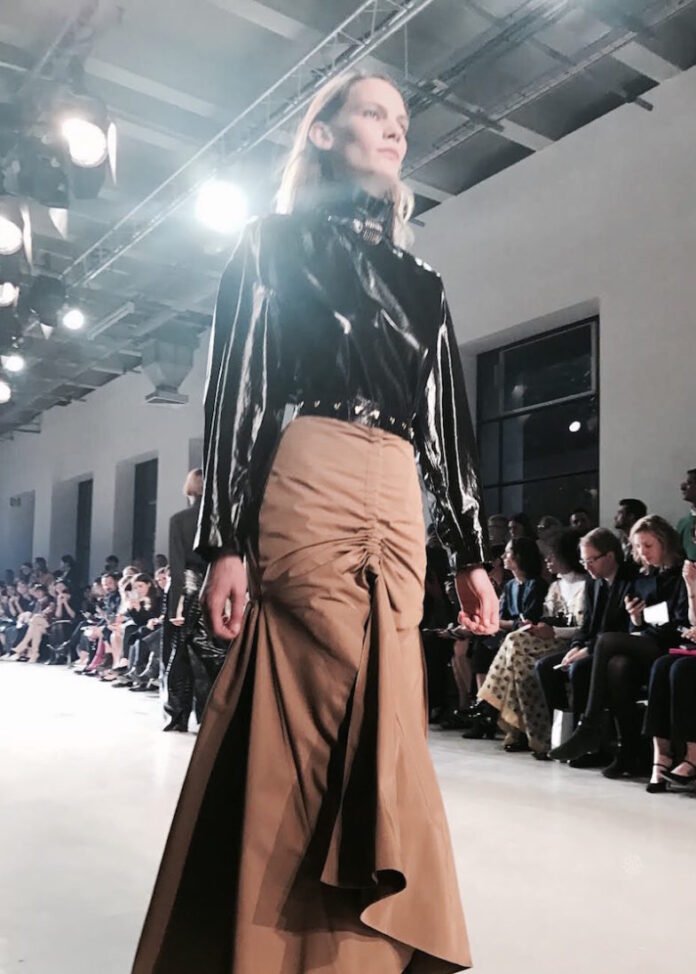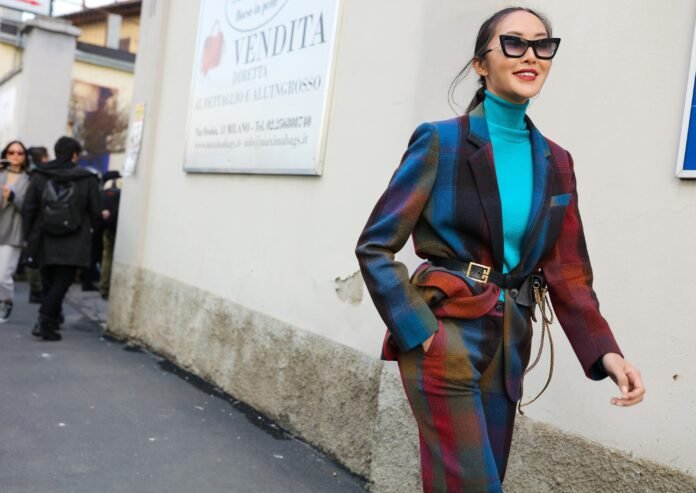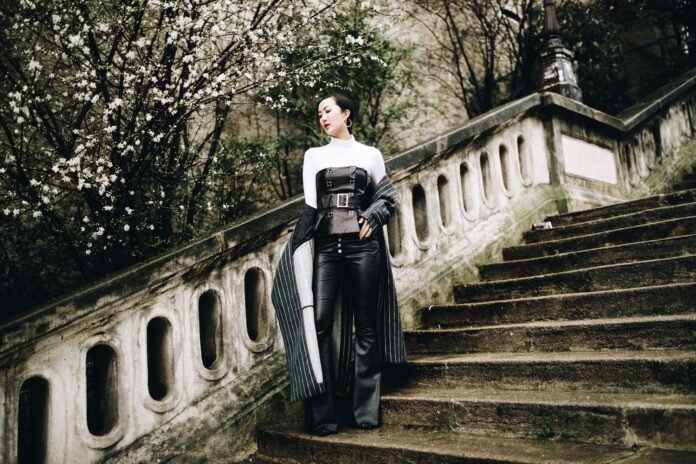A Morning on Rue de Rivoli
Parisian style is not worn—it is breathed. I discovered this truth one misty January morning, watching a woman stride across Pont Neuf. Her trench coat, frayed at the cuffs but impeccably tailored, billowed like a sail against the Seine’s slate-gray waters. In her gloveless hand, she cradled a baguette still warm from the oven, its crust crackling a counterpoint to her polished Repetto flats. This tableau—a harmony of effortlessness and intention—captures the essence of l’art de vivre à Paris: a philosophy where every choice, from breakfast to Balmain, becomes a brushstroke in a self-portrait 2.
The Canvas of Daily Life
To outsiders, Parisian aesthetics might seem governed by rigid rules: navy over black, scarves knotted just so, the sacred trinity of Chanel, Dior, and Saint Laurent. But true Parisian style is less about prescriptions than perspective. Consider George Hitchcock, the 19th-century American painter who abandoned law for sunlit Dutch tulip fields. Though not Parisian by birth, his Impressionist-infused works—like The Milkmaid, where humble labor glows with sacramental grace—embody the Parisian knack for elevating the mundane into art 2.
This alchemy permeates the city’s rhythm. A boulangerie’s morning queue becomes a study in texture: wool coats brushing against linen aprons, the glint of a Cartier Tank watch against flour-dusted hands. Even the métro stations, with their Art Nouveau arches, insist that utility need not sacrifice beauty.
The Architecture of Effortlessness
Parisians approach dressing as Hitchcock approached his canvases—with deliberate imperfection. A silk blouse might be tucked haphazardly into vintage Levi’s, its wrinkles embraced as proof of a life lived. This philosophy mirrors the CHANEL & moi restoration program, where artisans repair heirloom handbags without erasing their scars. “A scratch isn’t a flaw,” one craftswoman told me. “It’s a receipt for adventures.”
The same principle applies to interiors. In Le Marais lofts, Louis XVI chairs jostle with Eames loungers, their clash resolving into coherence like notes in a Satie composition. Shelves groan under asymmetric arrangements: a Maillol bronze beside a thrifted Limoges teacup, a spray of wildflowers in a Baccarat decanter. Paris understands that curation isn’t about matching—it’s about resonance.
The Haute Couture of Habit
Routine, in Paris, is an art form. Take the ritual of le goûter—the 4 PM pause for dark chocolate and espresso. Unlike New York’s hurried coffee-gulping, this interlude is theater: a porcelain cup clinks against a saucer; a square of Valrhona 85% melts slowly on the tongue. Such moments, small but sacramental, reflect the ethos of Hitchcock’s Blessed Mother—a Renaissance Madonna reimagined in 1890s Dutch light 2.
Even commerce bends to this ceremonial pace. At concept stores like Merci, transactions unfold as dialogues. “Who will wear this jacket?” a sales associate might ask, fingers grazing the wool’s nap. The question isn’t intrusive—it’s an invitation to consider clothing as narrative.
The Paradox of Permanence
Parisian style thrives on contradictions. It venerates heritage (a 1950s Hermès scarf) while embracing transience (a pop-up flea market). It worships youth yet reveres les femmes d’un certain âge whose silver hair outshines any diamond. This duality pulses through Hitchcock’s oeuvre, where biblical scenes unfold in contemporary Dutch kitchens—eternal truths cloaked in temporal details 2.
Modern tastemakers extend this tradition. Designer Isabel Marant pairs Navajo-inspired prints with Savile Row tailoring, while perfumer Francis Kurkdjian distills the essence of a rainy Paris afternoon into Aqua Universalis. Like Hitchcock’s sun-dappled tulip fields, these creations feel both fleeting and immortal.
Conclusion: Carrying Paris in a Tote Bag
As my flight climbed over Montmartre’s terracotta rooftops, I realized Parisian style isn’t a geographic privilege—it’s a mindset. It’s choosing the slightly bruised peach at the market because its fragrance promises summer. It’s repairing a coat’s lining instead of replacing it, honoring the stories stitched into its seams.
George Hitchcock, that American-turned-European artist, once wrote: “Light is the soul of a painting.” In Paris, light is the soul of living—a golden-hour glow that gilds cobblestones and couture alike. Carry that light home, and even a suburban sidewalk can become your runway.
For those seeking to weave Parisian elegance into daily life, explore Hitchcock’s sunlit landscapes at the Cleveland Museum of Art 2 or visit Merci Paris to experience curation as poetry.



